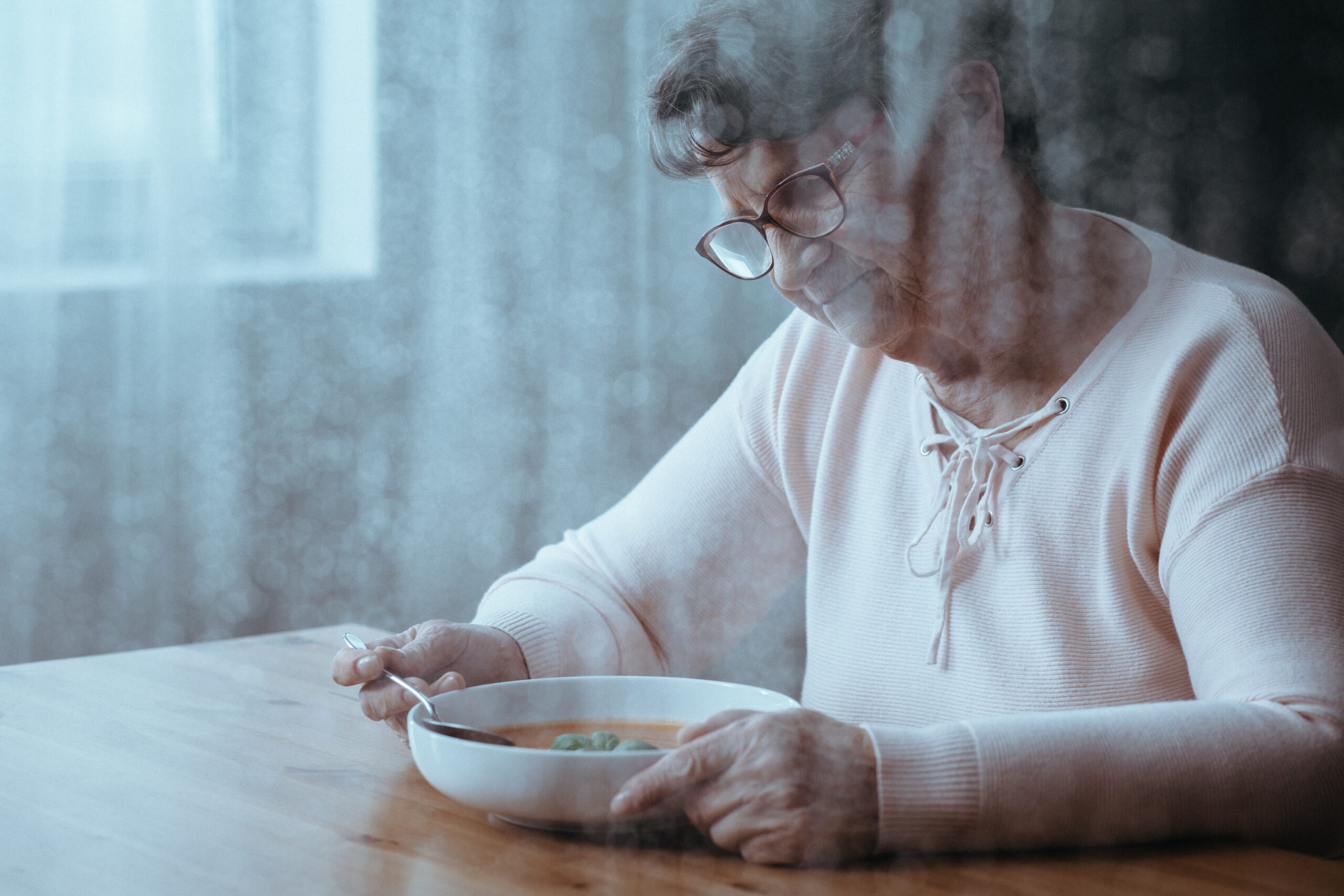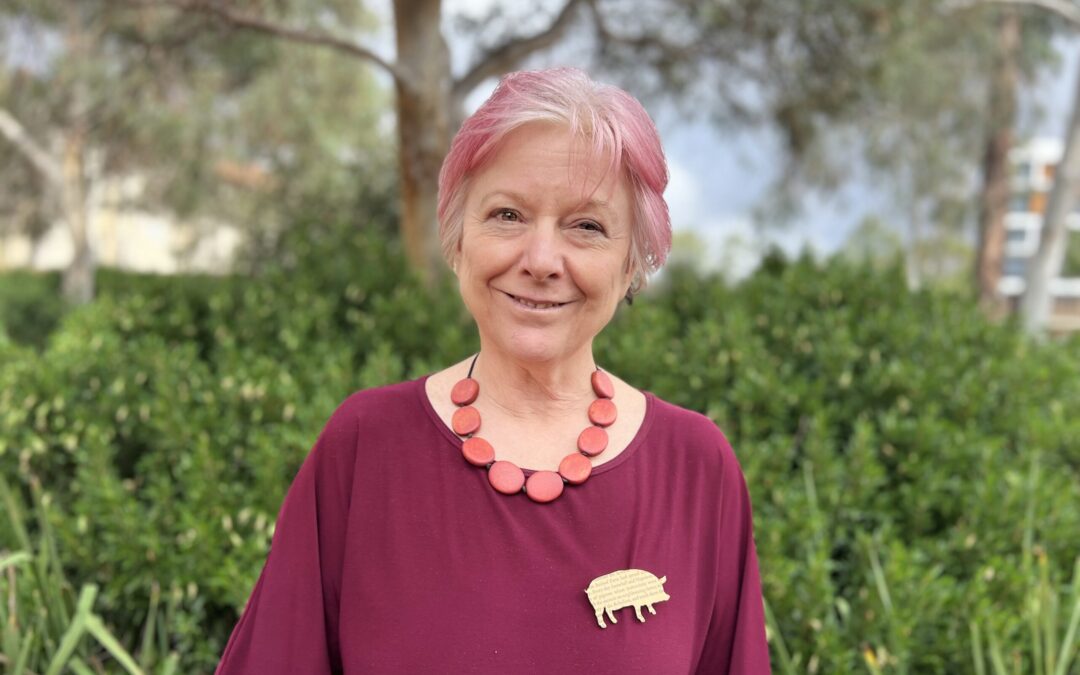Q. What initiated your interest in increasing gender equality on ASX200 Boards, and why does the AICD want to lead the charge on this issue?
When we looked at the figure [of the percentage of women on ASX200 boards] in 2009, well before my time on the board, it was 8.3%, and it was only moving slowly. So by the time I joined the board, which was 2014, we looked at the issue in the following year, and set ourselves a target of 30%.
We were not arguing for gender representation on equity grounds, we’re arguing that it’s the right thing to do
The AICD doesn’t appoint anyone to boards other than our own, so we’re an advocacy organisation in this area. We were not arguing for gender representation on equity grounds, we’re arguing that it’s the right thing to do, and it’s good for business.

Q. Can you discuss progress to date, and why you’re concerned about reaching a target of 30% by 2018?
When we set the target in 2015, a total of 35 companies had already achieved 30% of Board directors being female, so some were there. Today that number has doubled to 70 of the ASX200 companies having achieved 30% representation of women. At the end of November 2017, the total representation was 26% ,that’s the highest that it’s ever been.
The reason for our caution on the issue is because last year the rate of appointment of women to boards was 44%, but this year it’s been 30%. It’s tapered off.
… you could hypothesise that those companies have got a woman on the board (in order) to get their shareholders, along with the AICD and others off their backs
Q. So does that suggest that progress is waning, and may not pick up into 2018? And if so, what are the factors behind that?
Some of it is turnover and just the number of vacancies to be filled. But some of it is because among the ASX200 boards, 64 now have one woman on the board, and that is the area which is not moving. And you could hypothesise that those companies have got a woman on the board (in order) to get their shareholders, along with the AICD and others off their backs, but they’re not moving beyond that. We still have, at the end of November, eight of the ASX200 with no women on their boards. We’re focusing on them, and we name them in our quarterly report. But the problem is really the 64 companies which have simply gone from no women to just one, and don’t look like they’re going any further.
Q. That implies a tokenistic approach from some Chairs. How do you change that? What strategies do you use?
For about six years, we have run a mentoring program for women, were participants undertake our Company Directors course, and they’re matched with a senior board director as a mentor, male or female, for that year.

Elizabeth Proust AO, Chair of the Australian Institute of Company Directors
The individual Chairs, mostly who are males, are modelling good behaviour in this area. They’ve been prepared both to speak up publicly, and to phone those who show they have not yet signed on (to increasing the representation of women) and talk to them about the importance of the issue and why it matters, as well as appraise them of the research.
So our strategies include a combination of research, mentoring, the Company Directors course, and making sure that we’re modelling gender representation ourselves. For example, at our next Governance Summit, we have a target of 50/50 male and female speakers and panellists, and as we get acceptances we track that very carefully. Just making sure we practice what we preach.
… Fortescue Metals, a company in an industry where often it’s said there aren’t any women or we can’t find any women, have reached 55%.
Q. And finally, given it’s the end of the year and you can reflect on the progress that has been made in 2017, what’s been a highlight for you?
I think the fact that Fortescue Metals, a company in an industry where often it’s said there aren’t any women or we can’t find any women, have reached 55 percent [representation of women on their board]. And it’s both an industry and probably a company where people wouldn’t have thought that wouldn’t happen.
For more, you can read the full AICD Gender Diversity Quarterly Report here.




